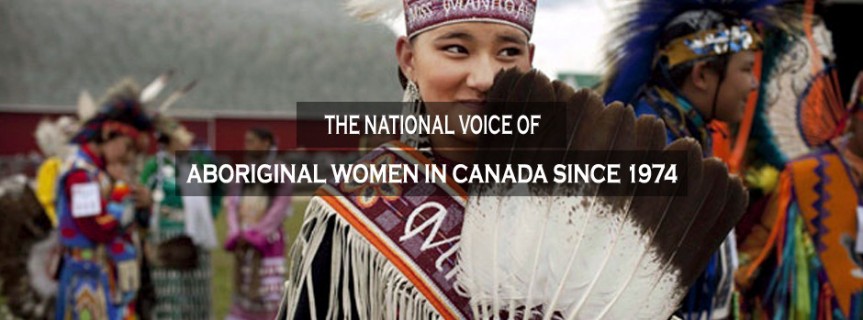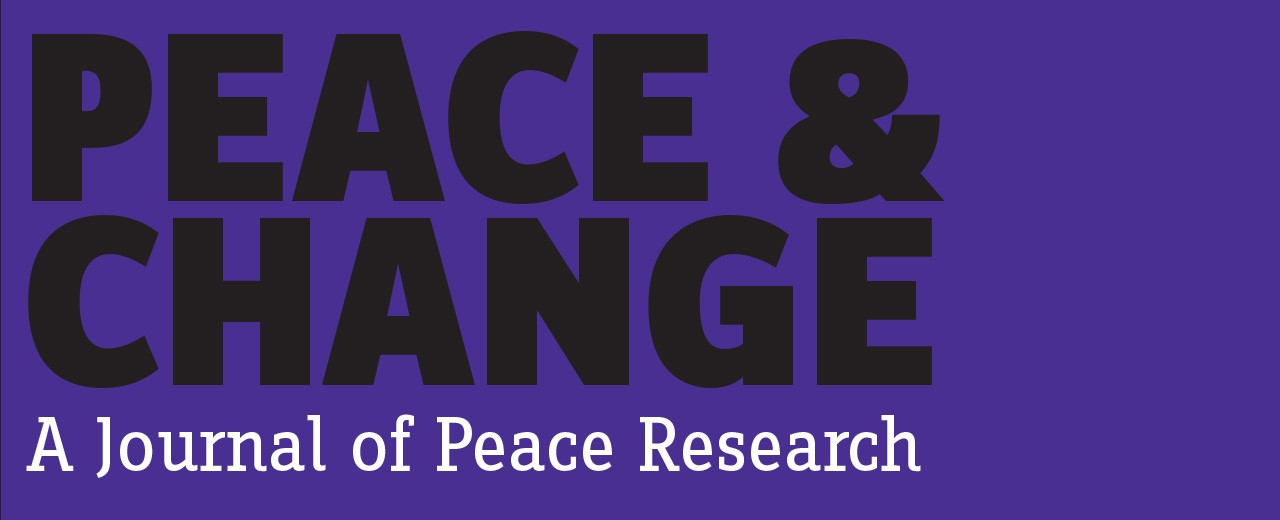By Eithne Leahy

About four months ago, I came upon a post on Tumblr. It was no more than three hundred words and unsourced (a serious red flag), but it seemed to strike a chord with me. When I took the position of social media intern for this blog back in January, I knew that this was something that I wanted to write about. Now, as May approaches, I can think of nothing better to leave with.
When researching this piece, for all intents and purposes, I went in blind. I knew nothing more about this issue than what a brief Google search told me- that rates of murdered and missing indigenous women in Canada were much higher compared to white and other non-native ethnicities. So when I emailed the Native Women’s Association of Canada (NWAC) and asked for an interview, I’m not sure what I expected. I definitely did not expect to find myself Skyping with Dr. Dawn Lavell-Harvard, president of the NWA’s Board of Directors. What I learned from my conversation with Dr. Lavell-Harvard is that the problem of violence towards indigenous women is neither a recent problem nor small-scale, but the culmination of generations of abuse and neglect from the Canadian government and society at large.
The NWAC was formed in 1974 as a consolidation of thirteen different indigenous women’s groups, all focused on the advancement of native women, who, since the implementation of the Indian Act in 1867, had lost all claim to their tribal identities except through their fathers. In other words, native women were only “Indian” through their relationships to their fathers and husbands. If a native woman married a nonnative person, she and her children would lose their “native” status. This law remained in practice until April 1985, when Bill C-31 forced an amendment to the Indian Act, stating that, pursuant to section 15 of the Canadian Charter of Rights and Freedoms, the gender discrimination enforced by the Indian Act was unethical as well as unlawful.[i]
The Indian Act was not the start of violence against indigenous women, just as the passing of Bill C-31 was not the end. In 2013, the Royal Canadian Mounted Police (RCMP) released a report on a national investigation into the epidemic of missing and murdered indigenous women and released some disturbing statistics. Since 1980, there have been 1,181 reports indigenous women who have either gone missing or been murdered. As of 2011, the indigenous population counted as 4.3% of Canada’s total population. As one of Canada’s smallest ethnic groups, it has one of the highest numbers of murdered and missing women. It is important to note that there additionally untold hundreds of cases every year that go unreported. According to Dr. Lavell-Harvard, going to the police is not always a safe option for indigenous women.
Starlight tours, as they have come to be known, are one of the possibilities deterring indigenous women from reporting crimes. Starlight tours involve police officers, usually men, taking indigenous men and women out of towns and cities and leaving them in the cold to find their way home. When women are involved, rape threats are usually involved as well. In the winter, this can be a death sentence, as it has been time and time again[ii]
The dehumanization of native women does not stop here. The rates of native women in poverty are exponential compared to other ethnic identities. First Nations communities have extremely high risks of suicide, poverty, and Child Welfare Apprehension (known in the US as Child Protection Services) call-ins, as well as unusually high rates of murdered and missing women. As Dr. Lavell-Harvard said, “Racism and sexism have existed in Canada since time immemorial, and history is dependent on the displacement and dehumanization of indigenous peoples.” This rings all too true, especially in regards to First Nations children.
In September 2014, the provincial government of Manitoba was made subject of an inquiry. The inquiry focused on allegations of mistreatment and neglect of children by the state, but also unveiled some disturbing practices. According to the allegations, the CWA in Manitoba, after running out of beds in foster homes and shelters, checked young children into Best Westerns around Winnipeg and left them unsupervised. This practice came under fire after the brutal sexual assault of a fifteen-year-old native girl.[iii]
After the inquiry was released, judges and lawyers in Manitoba advocated for the children to be taken out of hotels and placed back into foster homes. With no room in the shelters, these children were sent to youth detention centers, and incarcerated alongside violent young people. Suicide rates among these children (many of whom are indigenous) have skyrocketed.[iv] Many of these children remain in police custody pending foster placement.
The past ten years has seen a surge of interest in this issue. After the RCMP released its report in 2013, the UN Human Rights’ Commission released a report, berating the Canadian government for its failure to protect indigenous women and girls. The Human Rights Watch has begun an inquiry, a CBC, one of Canada’s leading news sources, maintains a series of articles dedicated to missing and murdered indigenous women. Dr. Lavell-Harvard also expressed optimism for Trudeau’s administration, as justice for indigenous women was ne of his major campaign issues. She was however, very adamant that, as strange as it sounds, Trudeau is just one Prime Minister. For Lavell-Harvard’s vision of justice, there must be multiple administrations with similar attitudes spanning at least a decade. As she said, one “cannot address within one term of office decades of neglect.”
Learn how you can get involved at http://www.nwac.ca
Edit: As of May 10, 2016, Canada has officially adopted the UN Declaration on the Rights of Indigenous Peoples, a document which recognizes the rights of self-determination, language preservation, and land ownership.[v] Whether this will have any affect on the epidemic of violence against indigenous women remains to be seen.
[i] http://www.ictinc.ca/indian-act-and-women’s-status-discrimination-via-bill-c-31-bill-c-3
[ii] http://www.cbc.ca/news2/background/aboriginals/starlighttours.html
[iii] http://www.theglobeandmail.com/news/national/manitoba-ends-placement-of-foster-children-in-hotels-across-the-province/article27538419/?service=mobile
[iv] http://www.theglobeandmail.com/news/national/lack-of-foster-spots-keep-manitoba-kids-in-jail-watchdog-says/article23963168/?service=mobile
[v] http://www.cbc.ca/beta/news/aboriginal/canada-adopting-implementing-un-rights-declaration-1.3575272
